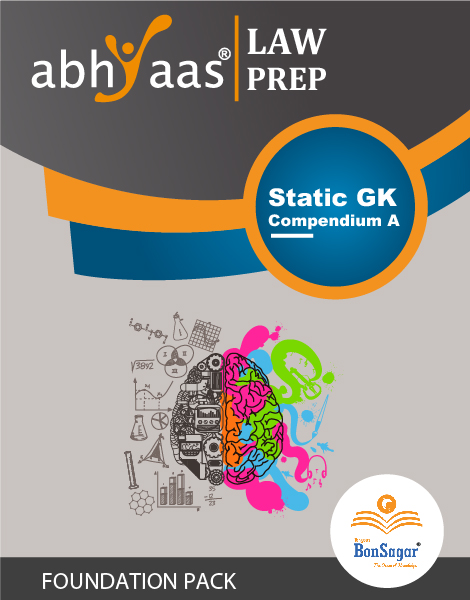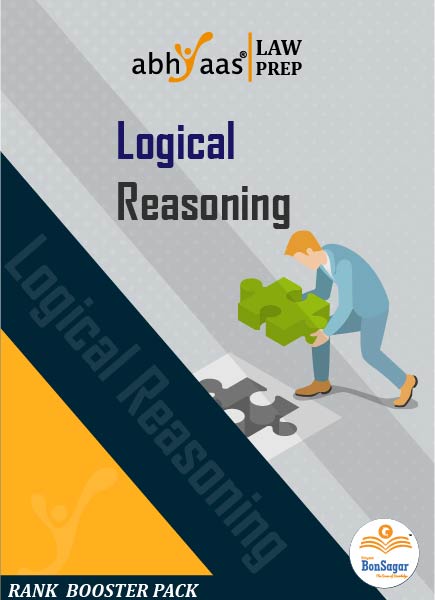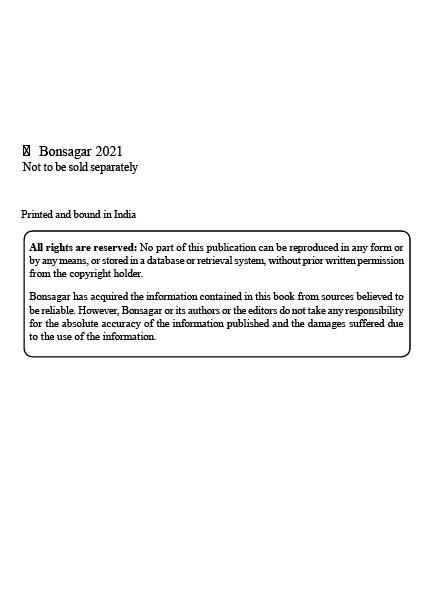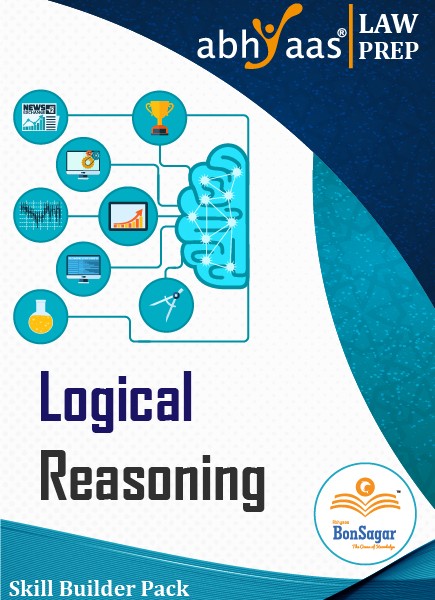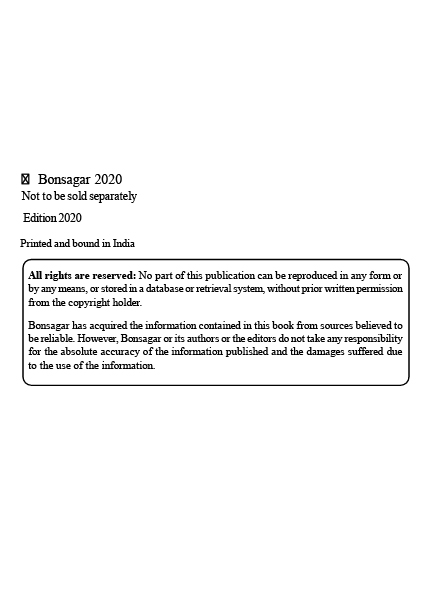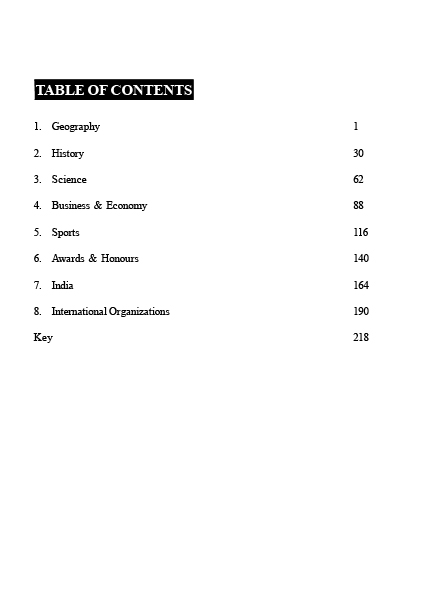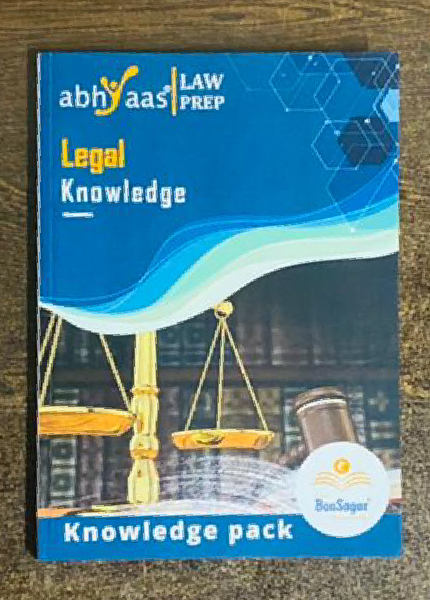CLAT 2025 Key Analysis
The CLAT 2025 exam is scheduled to take place on December 1, 2024. As we approach this important date, understanding the structure and expected answers for the examination is crucial for candidates. The Consortium of NLUs will provide answer keys following the exam, similar to previous years.
The upcoming exam is anticipated to present a balanced mix of difficulty levels, which may challenge candidates in various ways. To assist students, we will provide detailed CLAT 2025 key analysis for the four different sets of question booklets once the exam concludes. This will ensure that you have direct access to the correct answers without the need to cross-reference across different sets.
Overview of the Exam
The Common Law Admission Test (CLAT) is designed to assess candidates’ reasoning, comprehension, and critical thinking skills through various sections, including English, Mathematics, Legal Reasoning, Logical Reasoning, and General Knowledge. For CLAT 2025, the exam is expected to maintain a balanced format, making the CLAT 2025 key analysis essential for preparation.
Expected Difficulty Level
Based on previous years’ trends and feedback from candidates, the difficulty level for CLAT 2025 is anticipated to be moderate but potentially lengthy. This means that while the questions may not be overly complex, candidates will need to manage their time wisely to complete the exam within the allotted timeframe. The CLAT key analysis suggests that students should practice pacing themselves effectively.
Section-wise Analysis
- English Language: This section typically includes reading comprehension passages and vocabulary-based questions. The candidates should focus on improving their reading speed and comprehension skills to tackle this section efficiently.
- Mathematics: The Math section generally covers topics from basic arithmetic, algebra, and data interpretation. According to the CLAT 2025 key analysis, candidates should practice a variety of problems to enhance their numerical aptitude, especially with time management.
- Legal Reasoning: This section tests candidates’ understanding of legal principles and their ability to apply them to hypothetical scenarios. The CLAT 2025 key analysis highlights that familiarity with basic legal concepts will be beneficial for success.
- Logical Reasoning: Questions in this section assess the ability to identify patterns and make logical deductions. Regular practice with puzzles and reasoning questions will help candidates excel.
- General Knowledge: Current affairs, history, and general knowledge questions will dominate this section. Staying updated with recent events and reading broadly can improve performance, as noted in the CLAT 2025 key analysis.
Scoring Methodology
The scoring for CLAT 2025 will follow the established formula:
CLAT Score = (Total Number of Correct Answers x 1) – (Total Number of Wrong Answers x 0.25)
This scoring method emphasizes the importance of accuracy. Candidates should aim for correct answers to maximize their scores while minimizing incorrect attempts. The CLAT 2025 key analysis stresses the need for strategic guessing.
Importance of the Key Analysis
Understanding the CLAT 2025 key analysis is essential for candidates looking to optimize their exam preparation. This analysis provides valuable insights into the types of questions expected in the exam, allowing students to focus their study efforts on relevant topics and identify areas that require more attention. By recognizing patterns in past exams, candidates can gauge their strengths and weaknesses, enabling them to tailor their study plans effectively. Additionally, familiarizing themselves with the exam format and structure can reduce anxiety and boost confidence on test day.
Moreover, the key analysis of CLAT 2025 aids in developing effective time management strategies, essential for navigating the exam’s length and complexity. By understanding the scoring methodology, candidates can approach questions strategically, minimizing risks associated with guessing. This comprehensive approach not only enhances preparation but also allows students to set realistic goals based on benchmarking their performance against previous years. Overall, leveraging the CLAT 2025 key analysis empowers candidates to enhance their readiness and improve their chances of success in CLAT 2025.
Conclusion
As we approach CLAT 2025, candidates should remain focused on their preparation while keeping the CLAT key analysis in mind. Familiarizing themselves with the exam structure, expected difficulty levels, and effective study strategies will significantly enhance their chances of success. The CLAT key analysis will serve as a guide throughout your preparation. Best of luck to all candidates as you prepare for this crucial examination!








































